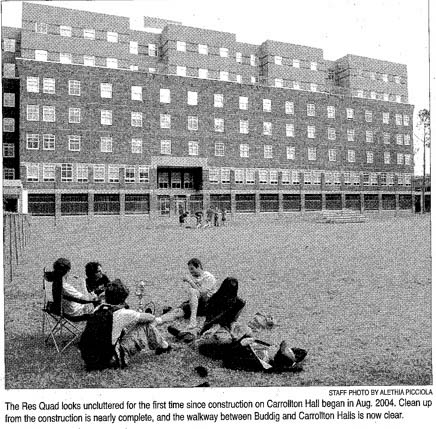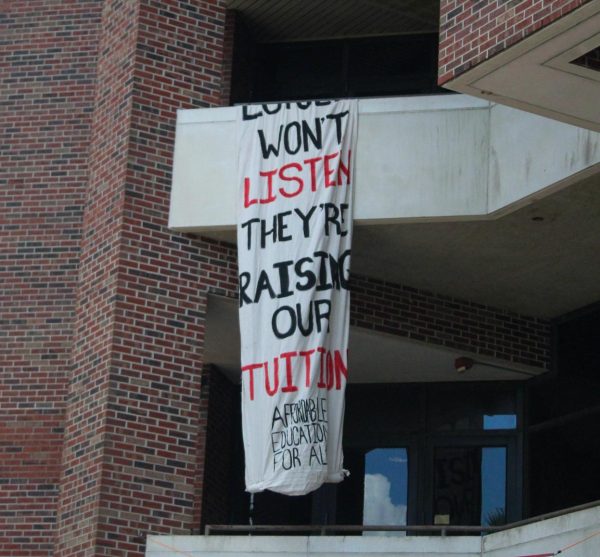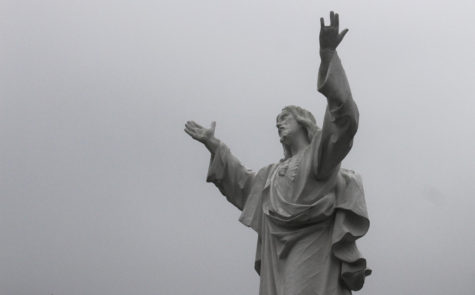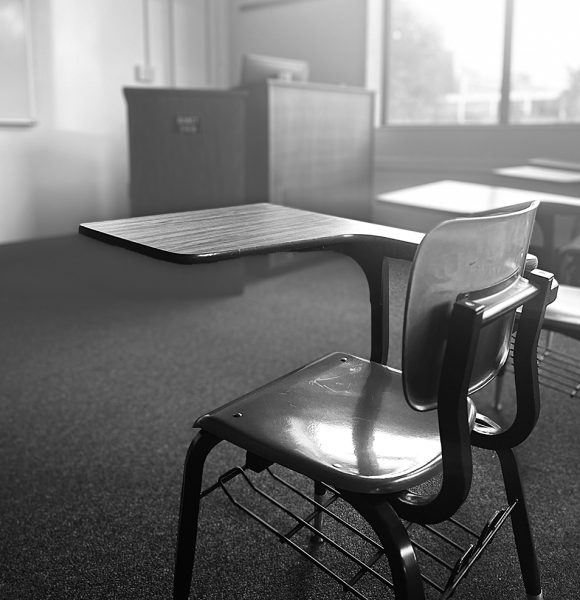Carrollton Hall has a history of mold

Archived Maroon photo, March 2006. This photo accompanied a 2006 Maroon article about the completion of construction on Carrollton Hall after mold damages called for remediation.
2021 isn’t the first time that Carrollton Hall has been plagued with mold. In 2004 the university sued the dorm’s construction, insurance, and engineering companies over structural issues that resulted in moldy rooms, millions of dollars in repairs, and dozens of displaced students, according to a 2004 Maroon article.
Despite Director of Residential Life Chris Rice’s claim that Carrollton Hall has no history of mold, the university spent $10 million in repairs and sued five companies over negligence, breach of contract, repairs, losses, and legal costs in 2004. According to the lawsuit, the dorm battled with defective design, humidity problems, and water intrusion that negatively affected the health of students.
In April of 2004, Loyola claimed to have spent almost $130,000 on repairs caused by the allegedly faulty design and construction of Carrollton. Eskew Dumez Ripple, an architecture firm formerly known as Eskew + A Professional Corporation, formally resisted the allegations made against it, stating that it complied in full accordance with its contract.
Loyola claimed that residents’ health had been affected by the defective design and construction after being exposed to mold and mildew.
The companies in question were MAPP Construction, Inc., Travelers Property and Causality Insurance, Einhorn Yaffes Prescott Architecture and Engineering, P.C., and Eskew + A Professional Corporation. Representatives of Eskew, Loyola, MAPP, and Einhorn Yaffes Prescott Architecture and Engineering, P.C. struggled to find the cause of the mold problems.
The university relocated 38 residents of Carrollton by September 2004 as a result of a $10 million project to repair faults in the building’s original design. Students originally expected to live on the sixth and seventh floors were moved to lower floors, according to the 2004 Maroon article.
In November 2004, further construction continued on Carrollton to complete the seventh floor. It was announced that construction would be delayed until at least mid-January of 2005 due to the unexpected extent of the building’s damages. The university attributed the delay to the defects in the original design of the building, stating that the structure allowed moisture to seep into the walls, leading to the growth of mold and mildew. Students living in the affected dorms of the residence hall were relocated.
Students were not permitted to break from their residence contracts without penalty charges, but they were billed appropriately for the type of room they were relocated to, according to the Director of Residential Life at the time, Robert Reed.
The University President at the time, the Rev. Kevin Wildes S.J., took students’ concerns about the penalty charges into consideration, but ultimately decided the university would not release students from their residential contracts, according to Martina Mills, the Student Government Association president at the time. Students who had signed contracts were told to remain on campus for the duration of the construction.




